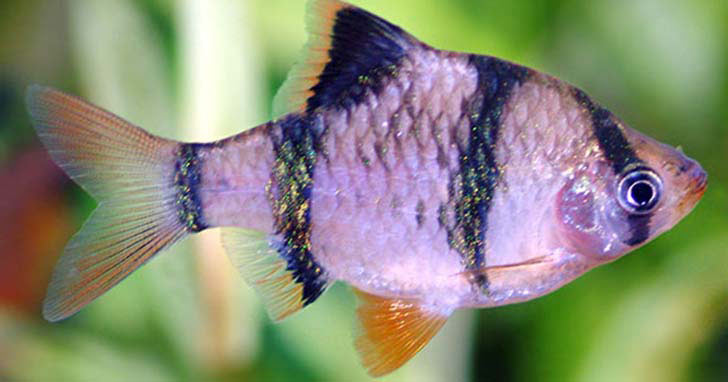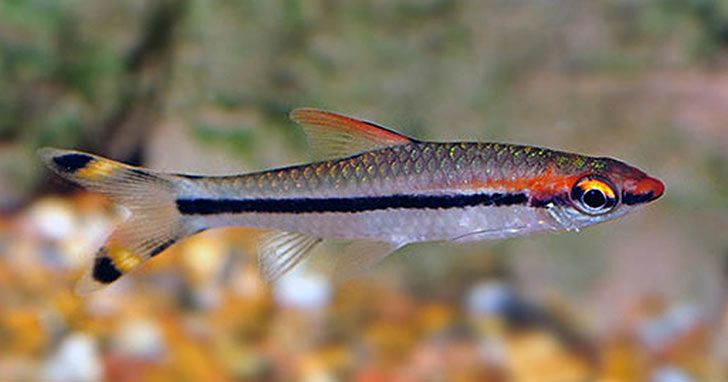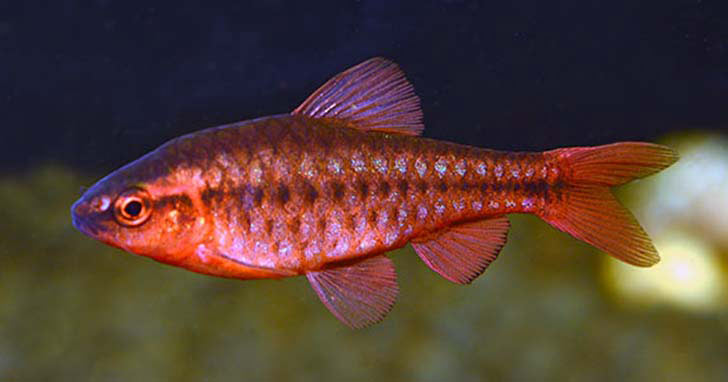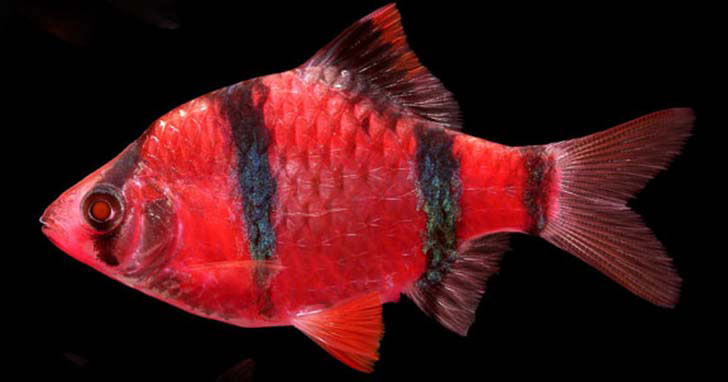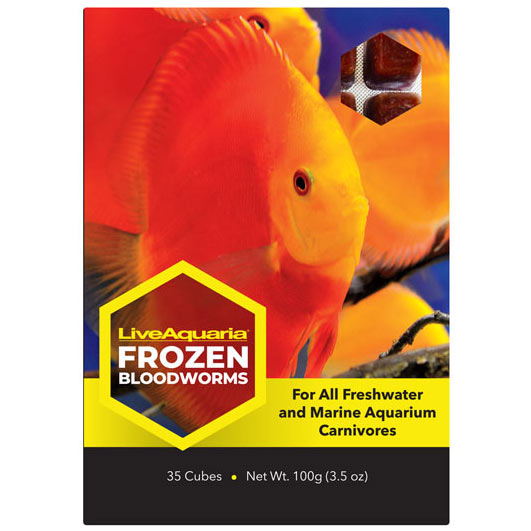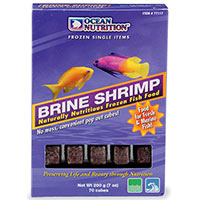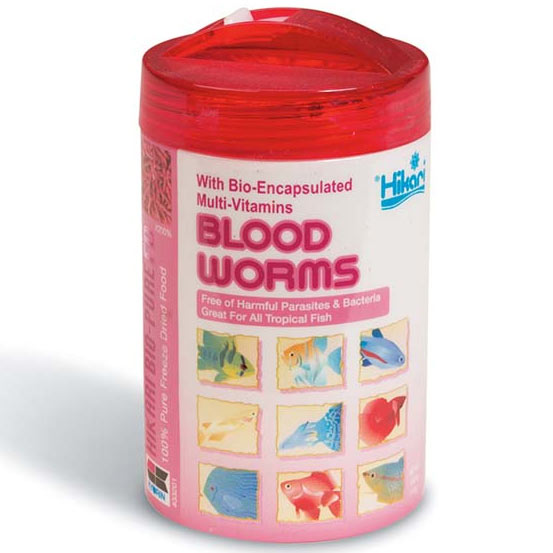The Barb: Your aquarium’s resident action star
What are Barbs? Cyprinidae vary in color and size, depending on their sub-species. Sizes vary, from less than an inch for the Gracilis Barb, to well over a foot long by the Tinfoil Barb. Are Barbs aggressive?
The Tiger Barb, for example, has a very unusual temperament. Their aggression has little to do with territory or even predation on smaller fish. Rather, it is all about hierarchy within the school itself. Males will constantly get into a pattern of chasing and nipping their peers, always trying to achieve a higher position in the pecking order. The smaller the group, the worse this behavior gets. As such, Tiger Barbs kept in a smaller group could eventually end up killing each other and other fish as well. Tank mates for Barbs Additionally, since Barbs are fast, they will also sweep up any food in the tank just as fast, and therefore cause starvation for slower species who might not pick up the food at the same pace. When considering tank mates for the more aggressive species of Barbs, consider having larger schools as opposed to smaller schools. In a larger school, the aggression of higher ranking fish will eventually get dispersed among lower ranking Barbs.
What do Barbs eat? For optimal nutrition, feed once or twice per day and provide a varied diet and only in quantities that they can eat within two minutes.
Tank size and water conditions for Barbs Smaller Barbs will thrive in densely planted tanks, but larger Barbs require sparser vegetation and will be happy with an environment dotted with a few wood or rock features.
Cyprinidae prefer their water to be on the acidic side of the pH spectrum. Make sure to maintain a pH balance ranging from 6.0 to 8.0 for your Barbs. While Barbs are tropical fish, they can adapt to cooler water temperatures, but do best in warmer waters, so maintaining a temperature of around 75 to 82 degrees Fahrenheit would be considered ideal.
|
|||||||||||
|
|


